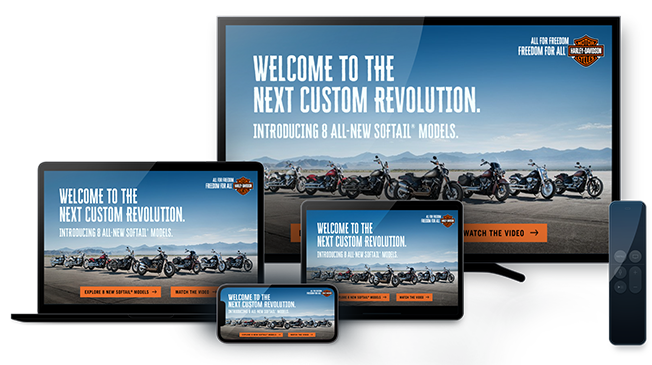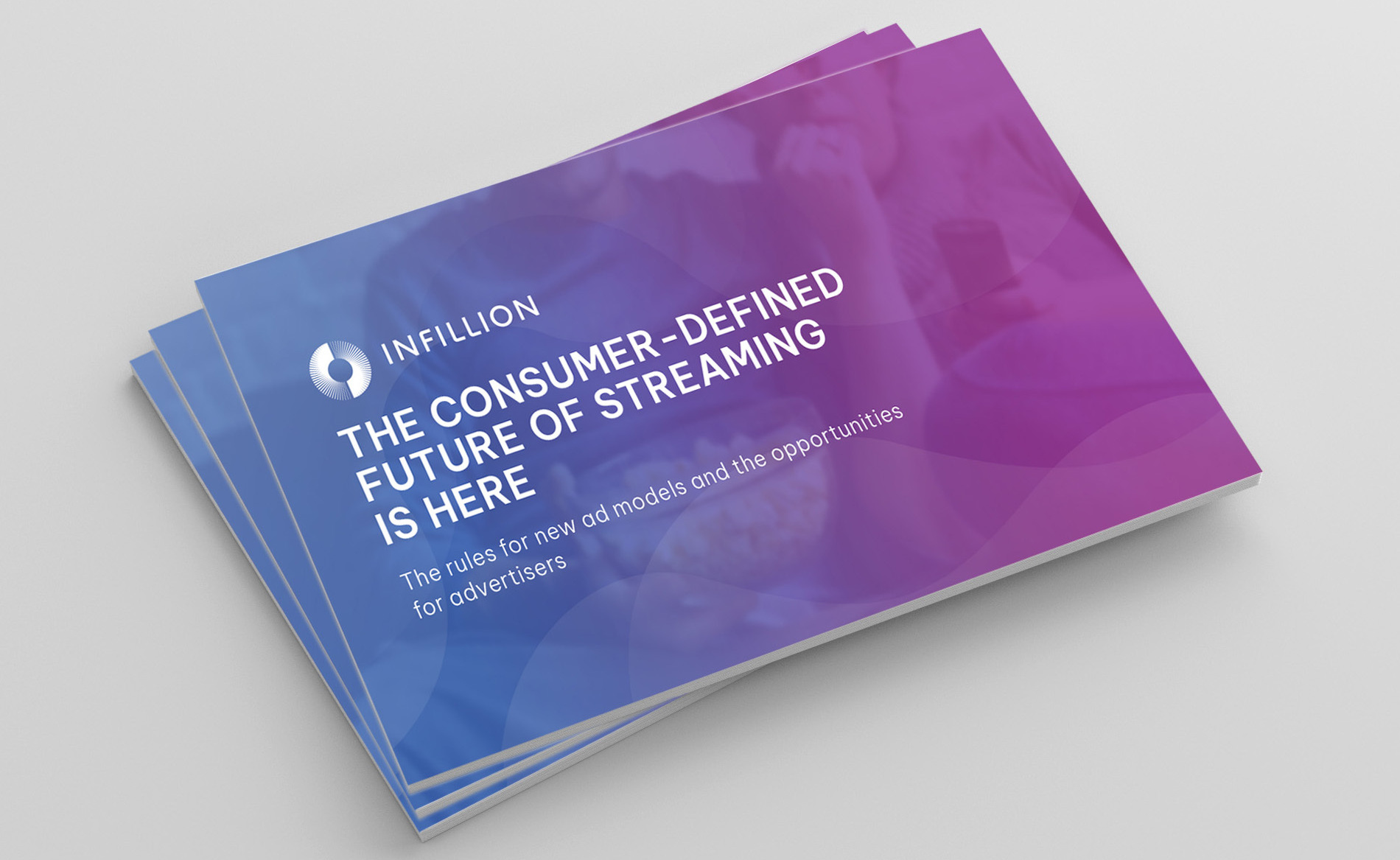Adding the Personal Touch: Our Findings for CTV Personalization

Getting your target customers to share details about themselves is right up there with squeezing water out of a stone or making silk out of a sow’s ear—simply put, it takes a Herculean effort. Or so you might have thought.
Our findings revealed a few surprises about just how much consumers are willing to share about themselves, especially when it means content with greater relevance. Here are a few key highlights from our recent IPSOS report (which you can download in full here).
The Targeting Paradox: Do Customers Really Care About Data Collection?
It’s a widespread belief that consumers want more control over their data. Enter tighter privacy restrictions like GDPR, CCPA, CPA, the cookie-less future, and a slew of other regulations. Companies are now tasked with juggling a variety of privacy considerations while striving to meet consumer expectations of delivering relevant content, offers, and experiences.
For example, 55% of consumers say they care about having control over data collected about them “a great deal.” However, 52% also say they expect to personally benefit from the data collected about them. As for how consumers feel about ads being more personal and targeted, the jury is split 50/50.
Bottom line: When it comes to consumers sharing their data, most of them feel like there should be a good reason for doing so and that it should ultimately benefit them.
Viewers Share Details When There’s Value in Return
Our research found that viewers will share surprisingly personal data if it means getting more relevant ads. In fact, more than 60% of consumers say they would share things like gender, age, ethnicity, hobbies, or interests with a streaming platform (when setting up a user profile) in exchange for relevant content.
When it comes to household size, pets, and things you like to buy, more than half of consumers say they’d share those details.
Income was the least likely detail consumers wanted to share, coming from just 43% of respondents.
Personalization Works Better for Some Than Others
Customers in various categories shared they would be more likely to purchase an item if they received personalized ads for it. This likelihood of buying fluctuates between categories, with groceries taking the top spot.
The fast- food category comes in second, with 39% of consumers declaring they’d be more likely to buy if they got a personalized ad. Apparel (37%), beauty (36%), and electronics and toys (36%) round out the top five.
Next Steps for CTV Advertisers
Putting it all together, it’s clear that CTV advertisers need to get more creative when getting to know their audiences. Being upfront about collecting data and showing users what’s in it for them will be the key to mitigating the impact of new privacy policies and the cookie-less future.
Download the full report to learn more.
Subscribe to our blog:
Related Posts:

The Coolest Ads We Built In 2024
2024 was a year of continuous innovation at Infillion. Our work ran the gamut from boutique ads designed for live, in-person audiences, to streamlined ad experiences built for broad consumption and easy production. In short: it was a year full of work of which we’re...

Infillion’s Top Ad Tech Predictions for 2025
2024 has been a year of immense change and growth in the ad tech industry. The buzzword on everyone’s lips – again – has been artificial intelligence, and brands have been hard at work figuring out how to operate in a cookieless future even though Google backtracked...

Your Customers Want Gift Cards for the Holidays. Why Not Advertise Them?
When was the last time you saw a major retailer advertising gift cards as a great holiday present? You probably had to think about that one. Giving someone a gift card for Christmas or Hanukkah, after all, is seen as a cop-out or even a social faux-pas. Plus, gift...
Let's Connect
We can help you create the personalized ad experiences viewers expect.


